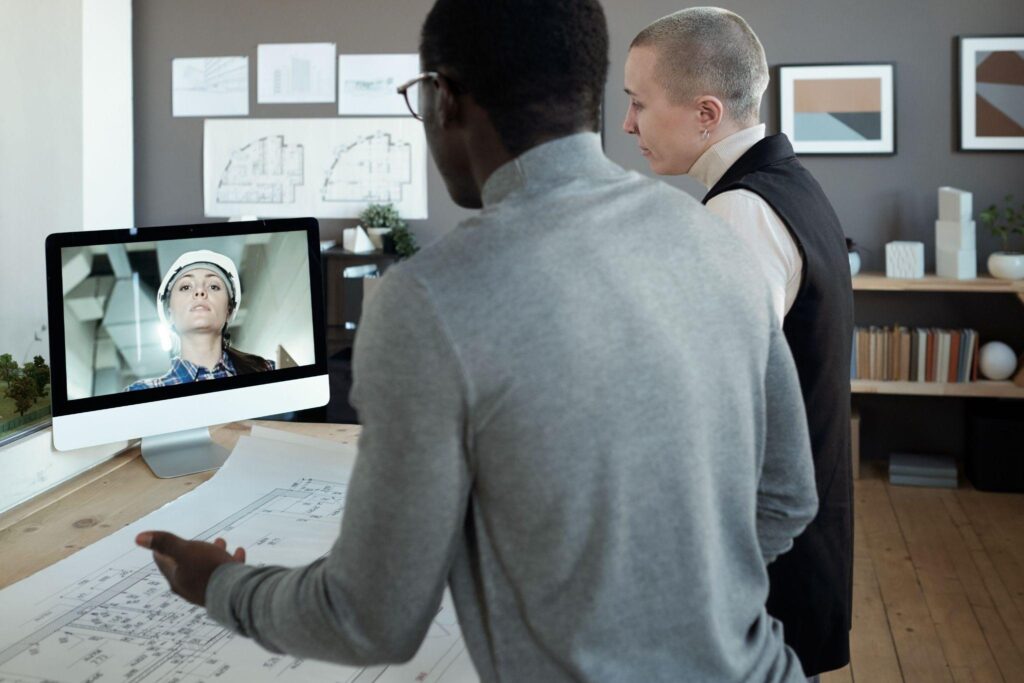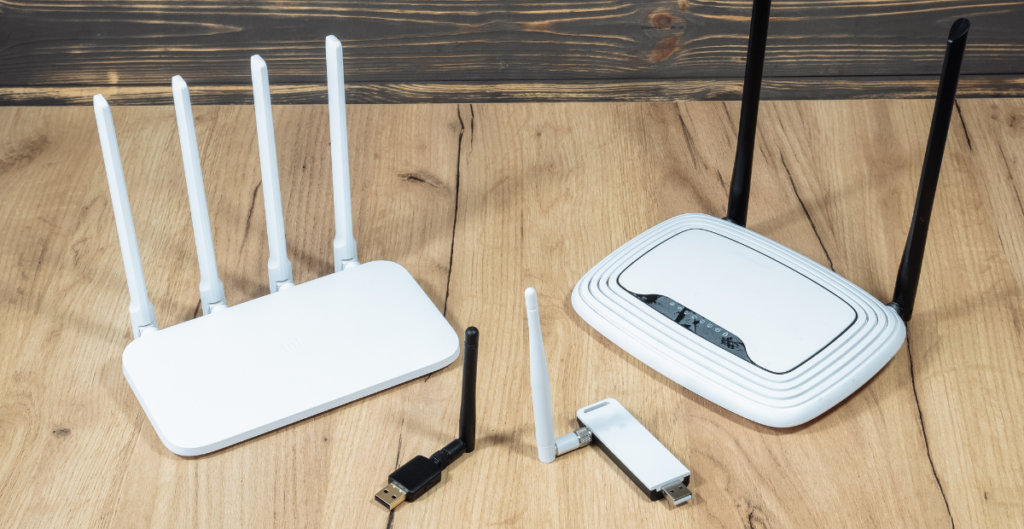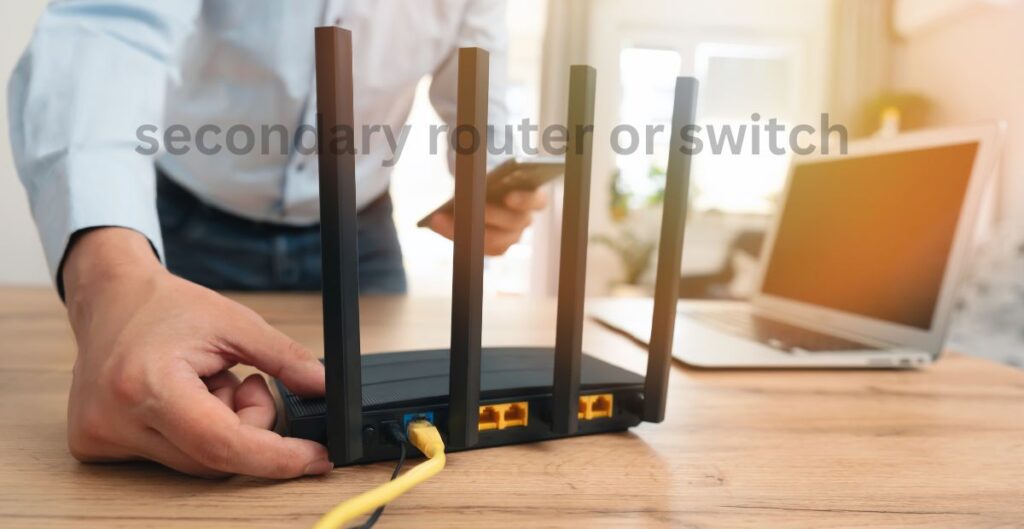The architectural profession has undergone a remarkable transformation in recent years, driven by technological advances and changing workplace dynamics. What was once considered an exclusively collaborative, in-person discipline has evolved to embrace distributed work models that leverage global talent pools and innovative digital collaboration tools. This shift has opened unprecedented opportunities for architectural firms to access specialized expertise, reduce operational costs, and enhance project delivery capabilities through strategic partnerships with a remote architectural assistant.
Breaking Down Geographic Barriers in Design
Traditional architectural practice was inherently location-dependent, requiring physical presence for site visits, client meetings, and collaborative design sessions. However, the integration of advanced design software, cloud-based project management systems, and high-quality communication technologies has fundamentally changed how architectural projects can be developed and delivered.
Remote work in architecture enables firms to tap into a global talent pool of qualified professionals who bring diverse perspectives, specialized skills, and cost-effective solutions to complex design challenges. This geographic flexibility allows firms to find the exact expertise needed for specific projects without being limited by local talent availability or geographic constraints.
The democratization of architectural tools and technologies has made remote collaboration not only possible but often preferable for certain types of work. Computer-aided design software, Building Information Modeling platforms, and virtual reality tools enable seamless collaboration regardless of physical location, provided appropriate workflows and communication protocols are established.
Technology Infrastructure Supporting Remote Architecture
The foundation of successful remote architectural work rests on robust technology infrastructure that enables seamless collaboration, efficient communication, and secure data management. Modern architectural firms must invest in systems that support distributed teams while maintaining the quality and coordination standards expected in professional practice.
Cloud-based project management platforms serve as the central nervous system for remote architectural teams. These systems provide centralized access to project files, design documents, specifications, and communication records that ensure all team members have access to current information regardless of their location.
Advanced design software with collaborative features enables multiple team members to work simultaneously on complex projects while maintaining design integrity and coordination. Real-time editing capabilities, version control systems, and automated conflict resolution tools prevent the coordination issues that historically plagued distributed design teams.
High-speed internet connectivity and reliable communication tools facilitate regular interaction between remote team members and with clients. Video conferencing, screen sharing, and virtual meeting platforms enable face-to-face communication that maintains the personal connections essential for successful architectural projects.
Security protocols and data protection systems ensure that sensitive project information, client data, and proprietary designs remain protected when shared across distributed teams. Professional-grade security measures are essential for maintaining client trust and protecting intellectual property in remote work environments.
Advantages of Remote Architectural Support
Architectural firms that embrace remote work models gain access to numerous strategic advantages that enhance their competitive position and operational efficiency. These benefits extend beyond simple cost savings to encompass quality improvements, expanded capabilities, and enhanced client service.
Access to specialized expertise represents one of the most significant advantages of remote architectural support. Firms can engage professionals with specific technical skills, experience with particular building types, or knowledge of specialized regulations without geographical limitations. This access to specialized talent enables firms to take on more complex projects and provide higher-quality services to their clients.
Cost efficiency improvements result from reduced overhead expenses, optimized resource utilization, and competitive pricing for professional services. Remote architectural assistants often operate with lower overhead costs than traditional in-house staff, enabling firms to access high-quality professional services at more competitive rates.
Scalability and flexibility benefits allow architectural firms to adjust their team size based on project demands without the long-term commitments associated with traditional hiring. This flexibility is particularly valuable for firms that experience seasonal variations in workload or want to expand their service offerings without significant upfront investments.
Extended working hours and faster project delivery become possible when remote teams operate across different time zones. Projects can continue progressing around the clock, with team members in different locations contributing during their optimal working hours, potentially reducing overall project timelines.
Quality Assurance in Remote Architectural Work
Maintaining professional quality standards in remote architectural work requires systematic approaches to project management, communication, and quality control. Successful firms implement comprehensive protocols that ensure remote team members deliver work that meets or exceeds the standards expected in traditional office environments.
Clear communication protocols establish expectations for regular updates, progress reports, and milestone reviews that keep remote team members aligned with project goals and standards. Regular video conferences, structured check-ins, and detailed project briefings ensure that remote assistants understand project requirements and can deliver accordingly.
Standardized procedures and templates provide consistent frameworks for remote architectural work. This includes drawing standards, documentation protocols, file naming conventions, and quality checklists that ensure consistent output regardless of who performs the work or where they are located.
Regular quality reviews and feedback sessions help maintain professional standards while providing opportunities for continuous improvement. Structured review processes enable firms to identify and address any issues before they impact project outcomes or client satisfaction.
Professional development and training opportunities ensure that remote architectural assistants stay current with industry standards, software updates, and evolving best practices. Investment in ongoing education demonstrates commitment to quality and helps maintain the professional competency of distributed teams.
Building Effective Remote Architectural Teams
Creating successful remote architectural teams requires thoughtful planning, clear communication, and ongoing management attention. Firms that approach remote team building strategically achieve better outcomes and develop long-term partnerships that enhance their capabilities.
Careful selection of remote architectural assistants involves evaluating not only technical skills and experience but also communication abilities, cultural fit, and work style compatibility. The most successful remote partnerships develop between professionals who share similar values and approaches to quality and professionalism.
Establishing clear expectations and boundaries helps prevent misunderstandings and ensures that remote team members understand their roles, responsibilities, and performance standards. Written agreements, detailed project briefs, and regular communication help maintain alignment and accountability.
Creating a collaborative culture across distributed teams requires intentional effort to include remote team members in discussions, decision-making processes, and professional development opportunities. Successful firms treat remote assistants as integral team members rather than external contractors.
Regular evaluation and adjustment of remote work arrangements help optimize performance and address any challenges that arise. Flexibility and willingness to adapt workflows, communication methods, and collaboration tools contribute to long-term success in remote architectural work.
Future Trends in Remote Architecture
The evolution of remote work in architecture continues to accelerate, driven by technological advances, changing professional expectations, and global economic factors. Firms that stay ahead of these trends will be better positioned to leverage remote work opportunities for a competitive advantage.
Artificial intelligence and automation technologies are beginning to influence routine architectural tasks, potentially changing how remote support services are structured and delivered. Understanding these developments helps firms make informed decisions about their remote work strategies.
Virtual and augmented reality technologies are enhancing remote collaboration capabilities, enabling more immersive design reviews and client presentations. These technologies may further expand the possibilities for effective remote architectural work.
The strategic embrace of remote architectural support represents a significant opportunity for firms seeking to enhance their capabilities, reduce costs, and improve project delivery in an increasingly competitive marketplace.






